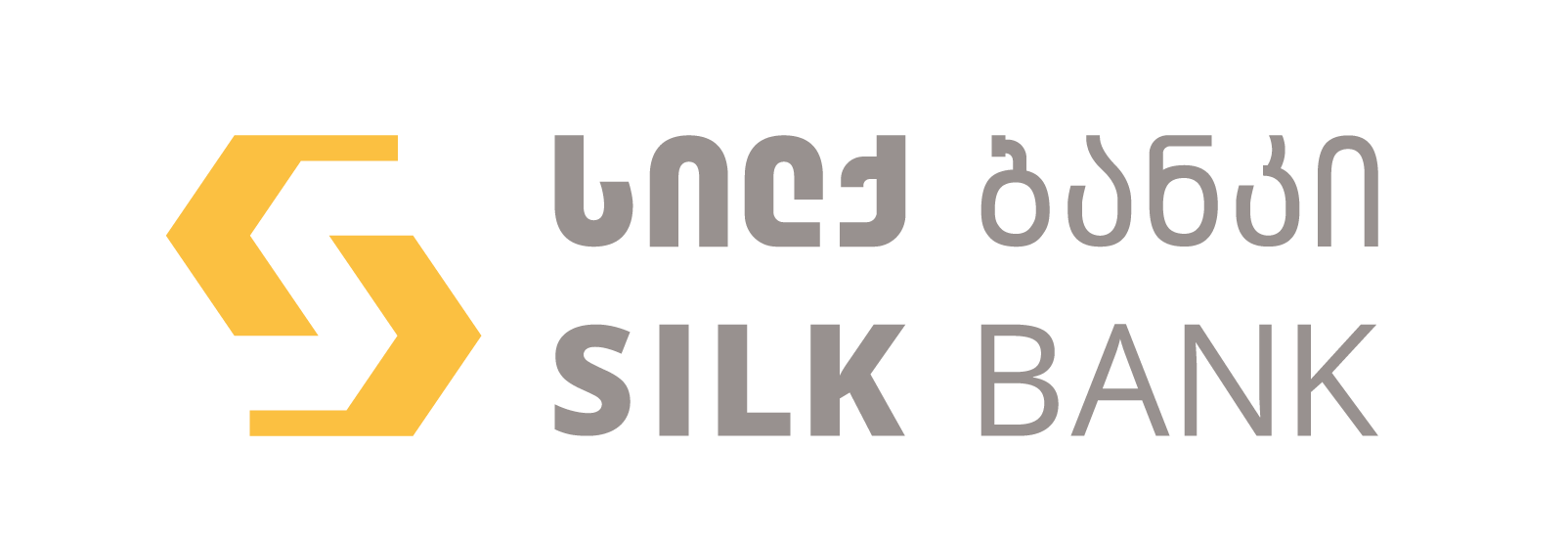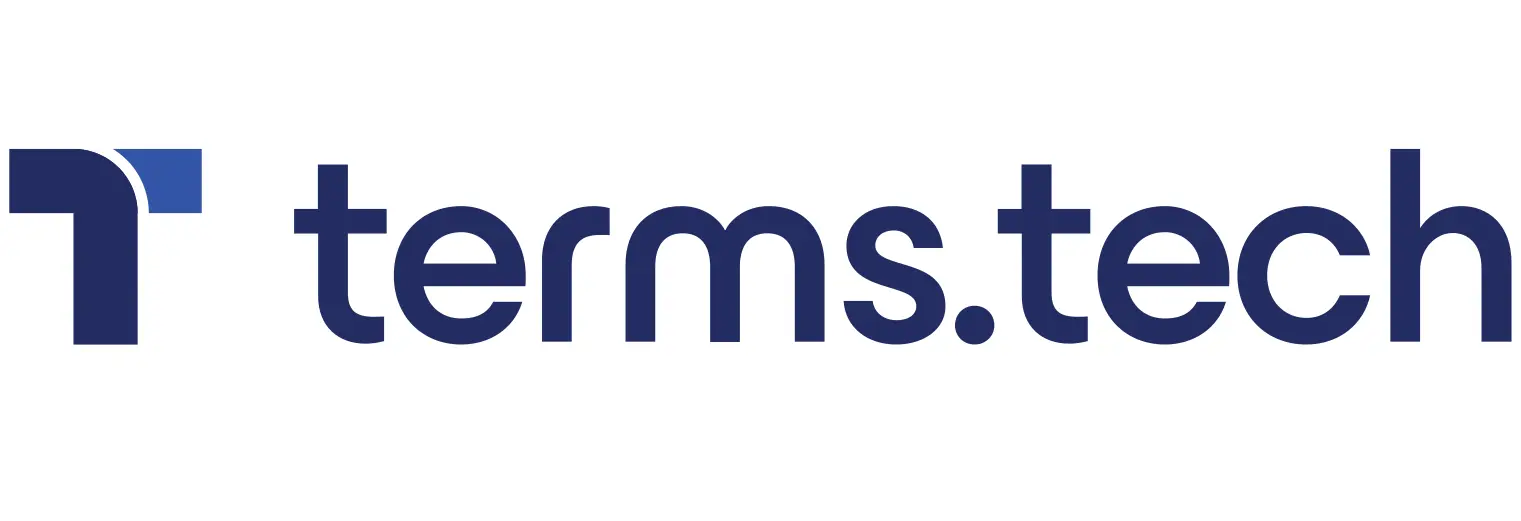TaranDM helps companies automate and improve their decisions. It brings both efficiency and flexibility into their complex, data-driven decisioning processes.
Read moreTaranDM achieves this through a combination of things. It offers fast data integration, orchestration & processing capabilities. It easily operationalizes AI/ML models. It simulates the impact of the changes of the decisioning logic before you deploy it via few clicks. It puts business users in control, and decreases the need for IT/engineering resources.
As a result, our clients react to changing circumstances faster and in more robust way. They continuously improve their decisions and have more control over them. They iterate and grow without any constraints. And all of that has a direct positive impact on their bottom line.
















